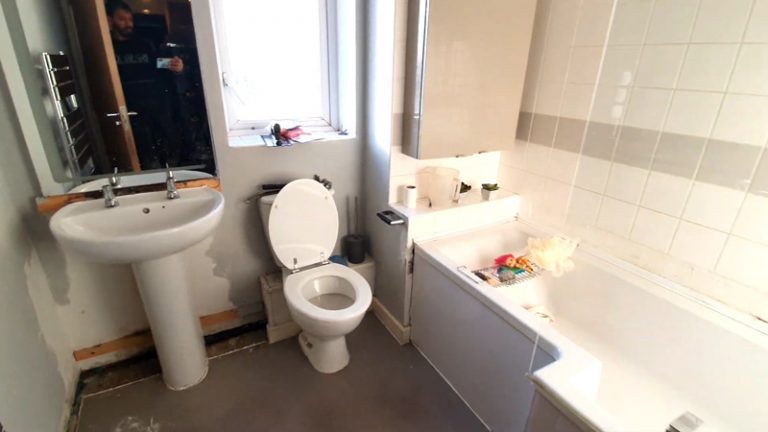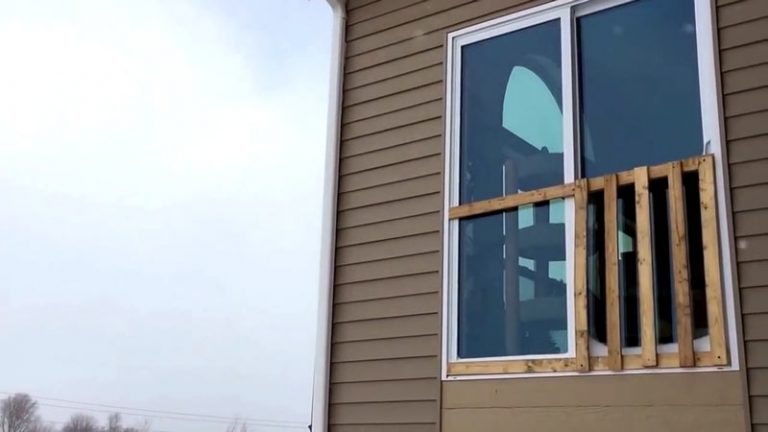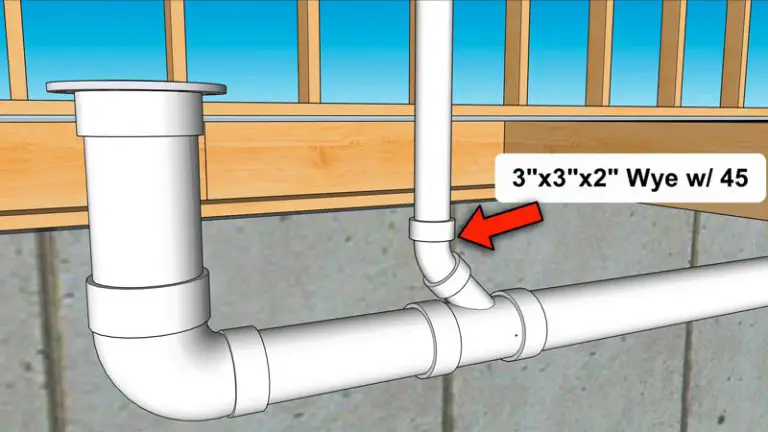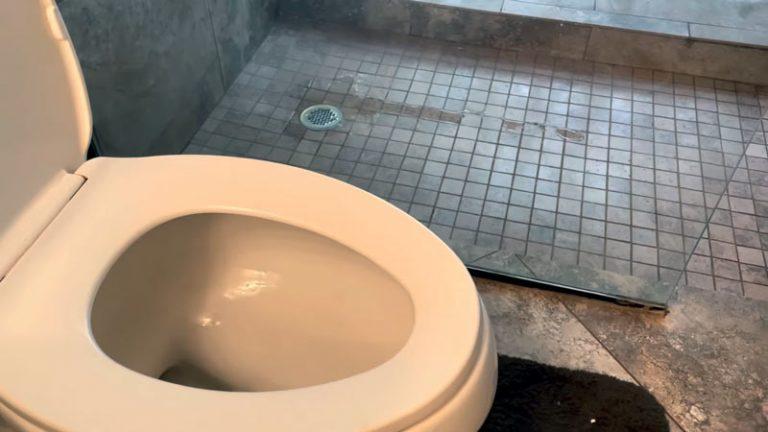Cost to Run Plumbing to a Shed? The 2025 Price Breakdown!
That backyard shed, once a simple storage space for lawn equipment, is filled with potential. You envision a workshop with a utility sink, a relaxing artist’s studio with a small bathroom, or even a fully functional guesthouse. But one major hurdle stands in the way of this transformation: the lack of running water.
The dream of adding plumbing is often clouded by the fear of staggering, unknown costs. It’s not as simple as hooking up a garden hose; it’s a project that involves trenching, permits, and connecting to your home’s main water and sewer lines. This guide is designed to demystify the process and provide a transparent breakdown of every potential expense you’ll face in 2025.
You'll Learn About
The Big Picture: What’s the Average Cost to Run Plumbing to a Shed?
The cost to run plumbing to a shed can range from $1,500 for a simple cold water line to over $15,000 for a full bathroom with hot and cold water connected to a distant sewer line. This vast range is why a simple online calculator can be so misleading. The final price tag is a complex puzzle assembled from several key factors.
The primary cost drivers are the distance from your house to the shed, the complexity of the plumbing (a simple spigot versus a full bathroom), and whether you can rely on gravity for drainage or need an expensive pump system. Understanding these components is the first step toward building an accurate budget and avoiding shocking invoices.
Unpacking the Core Cost Factors: What Are You Paying For?
To truly grasp the final cost, you must understand where your money is going. The project can be divided into four main expense categories: labor, trenching, materials, and the all-important sewer connection. Each component has its own set of variables that can cause the price to fluctuate dramatically.
Labor & Professional Fees: The Biggest Slice of the Pie
For most homeowners, this is not a DIY project. The labor costs associated with hiring a licensed plumber and potentially an excavation contractor will constitute the largest portion of your budget. Plumbers typically charge between $45 and $200 per hour, and this project can take anywhere from one to three days of professional time.
While the temptation to save money by doing it yourself is strong, the risks are substantial. Improperly installed pipes can lead to leaks, water damage, and costly code violations. Professionals not only have the right tools and expertise but are also insured, protecting you from financial liability if something goes wrong.
Trenching: The Path to Your Shed
Creating a path for the water and sewer lines is a significant undertaking. The cost of digging a trench is typically calculated per linear foot, ranging from $5 to $12 per foot or more. The final cost depends heavily on the distance to the shed and the required depth.
The trench must be deep enough to be below your local frost line to prevent pipes from freezing and bursting in the winter. A crucial, often overlooked variable is the soil condition on your property. Digging through soft, loamy soil is far cheaper and faster than excavating rocky or dense clay soil, which may require specialized equipment and more labor hours.
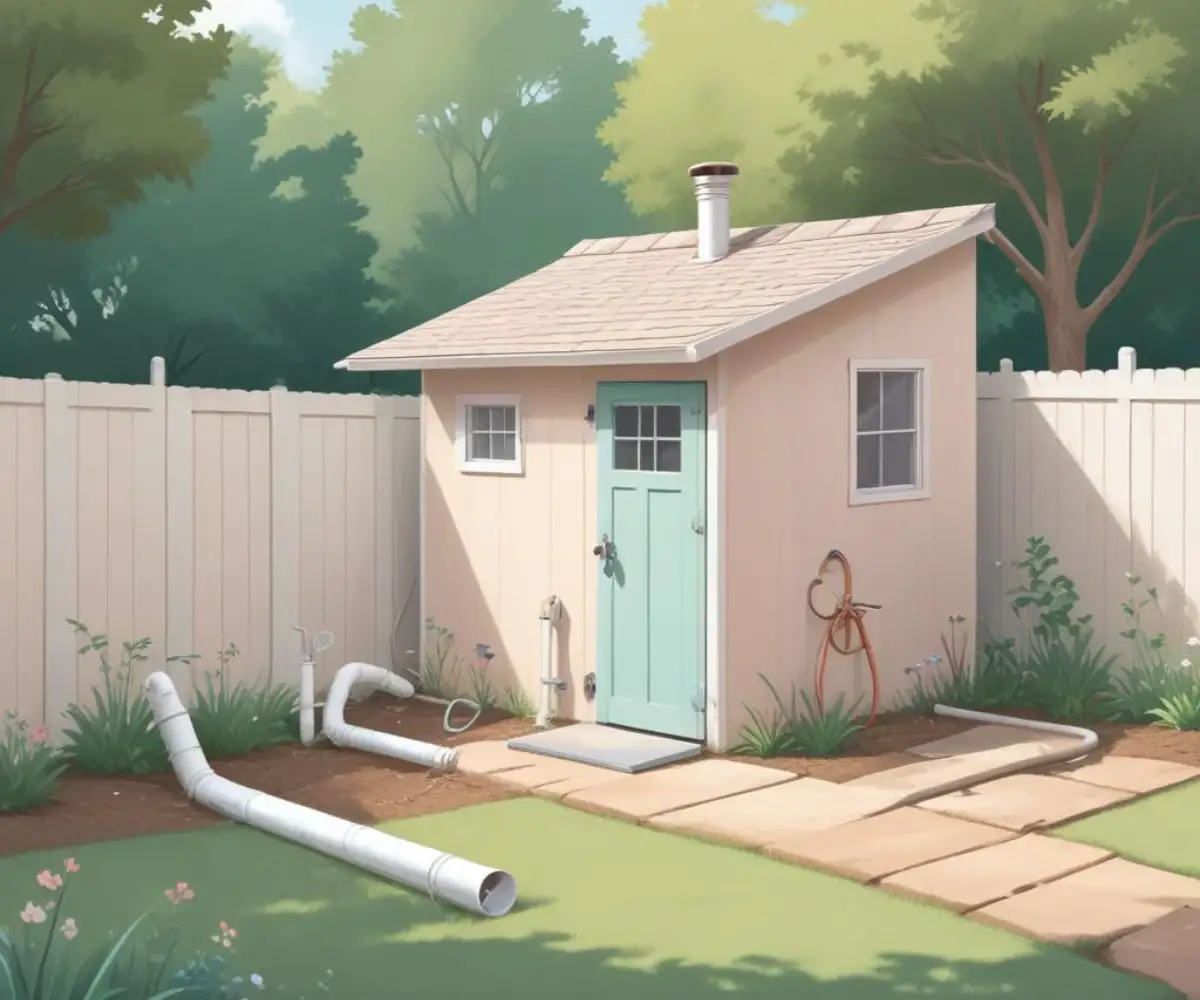
Pipes & Materials: The Arteries of Your System
The type of pipes you choose will also impact the material costs. For water supply lines, the most common options are PEX (cross-linked polyethylene) and copper. PEX is the more affordable choice, costing between $0.40 to $4 per linear foot, and is known for its flexibility and durability. Copper is more expensive but offers a longer lifespan.
For the drain or sewer lines, PVC (polyvinyl chloride) is the standard material due to its low cost and resistance to corrosion. You will also need to budget for pipe insulation, fittings, and adhesives to complete the system.
The Sewer Connection: Where Does the Waste Go?
Getting waste from your shed back to your home’s main sewer or septic system is one of the most complex and expensive parts of the project. The ideal scenario is a gravity-fed system, where the shed’s plumbing is higher than the connection point, allowing waste to flow downhill naturally. This is the simplest and most cost-effective solution.
However, if your shed is on level ground or sits lower than the sewer line, you will need a pump. This is where a critical decision must be made between a sewage ejector pump and a grinder pump. An ejector pump is necessary for toilets as it is designed to handle solid waste, whereas a simpler pump might suffice for greywater from a sink. Installing a pump system can add $1,500 to $4,000 or more to your total cost and introduces an electrical component to the project. A malfunction could be disastrous, especially if an item like a flushed paper towel causes a clog.
Cost Breakdown: A Sample Project Budget
To provide a clearer picture, here is a sample budget that compares the potential costs of a DIY approach versus hiring professionals for a moderately complex project. This assumes a 50-foot distance to the shed and the installation of a basic sink and toilet requiring an ejector pump.
| Item/Service | Estimated DIY Cost | Estimated Professional Cost | Notes |
|---|---|---|---|
| Permits & Inspection Fees | $100 – $400 | $100 – $400 | Costs vary significantly by municipality. |
| Trenching (50 ft.) | $200 – $500 (Rental) | $400 – $800 | Assumes standard soil conditions. |
| PEX Water Supply Lines & Fittings | $150 – $250 | $200 – $400 | PEX is generally more DIY-friendly. |
| PVC Drain Lines & Fittings | $100 – $200 | $150 – $300 | Requires precise slope for proper drainage. |
| Sewage Ejector Pump System | $600 – $1,200 | $1,500 – $3,000 | Includes pump, basin, and check valve. |
| Basic Toilet Fixture | $150 – $300 | $250 – $550 | Professional cost includes installation. |
| Basic Utility Sink & Faucet | $100 – $250 | $200 – $450 | Professional cost includes installation. |
| Plumber & Electrician Labor | N/A | $2,000 – $5,000 | The largest variable; get multiple quotes. |
| Total Estimated Cost | $1,400 – $3,100 | $4,800 – $11,000 | DIY costs exclude labor and potential for costly errors. |
Beyond the Basics: Hidden Costs & Add-ons That Inflate Your Budget
The core plumbing work is only part of the story. Several other factors can appear unexpectedly, significantly increasing your total investment. Being aware of these potential expenses from the start is key to staying on budget.
Permits and Inspections: Don’t Skip This Step!
Almost any project involving new plumbing lines will require a permit from your local building department. Even if your shed is small, adding plumbing changes its classification and triggers permit requirements. These permits, which can cost several hundred dollars, ensure the work is done to code and is safe. Skipping this step can lead to hefty fines and orders to remove the unpermitted work.
Fixtures and Finishes: From Utility Sink to Full Bathroom
The cost of the fixtures themselves can range from a hundred dollars for a basic utility sink to thousands for a full bathroom with a shower, vanity, and high-end toilet. After the pipes are in, you’ll also need to consider the finishing work. This may involve installing new walls, and if you notice your drywall moves when pushed, it could signal underlying structural issues that need addressing first. Properly sealing fixtures is also crucial; understanding the difference in a Silicone 1 vs 2 comparison can prevent future leaks and water damage.
Hot Water Solutions for Your Shed
If you need hot water, you have two primary options. You can run an additional, well-insulated hot water line from your home’s main water heater, which adds to the trenching and material costs. A more common and often more efficient solution for an outbuilding is to install a small, point-of-use electric water heater, which can cost between $150 and $500 plus installation.
Electrical Needs: Powering Your Plumbing
Your plumbing project will likely require electrical work. A sewage ejector pump, a grinder pump, or an electric water heater all require dedicated circuits. This means you’ll need to hire a licensed electrician to run power to the shed, which can be a significant expense in itself, often involving its own trenching and permits.
DIY vs. Hiring a Pro: The Ultimate Decision
Deciding between tackling the project yourself and hiring a professional is a balance of cost, skill, and risk. While the potential savings of a DIY approach are tempting, it’s a job best left to those with significant plumbing and excavation experience.
When Can You DIY?
A confident DIYer might be able to handle simpler tasks. This could include digging a shallow trench for a simple cold-water line to an outdoor spigot or connecting PEX pipes if you have the proper tools and knowledge. However, the risks of getting the drain slope wrong or creating a leak are high.
When You MUST Hire a Professional
For the vast majority of this project, a professional is non-negotiable. Any connections to the main sewer or septic system must be done by a licensed plumber. The same is true for installing ejector pumps, running electrical lines, and any work that requires a permit. The liability and potential for catastrophic (and expensive) failure are simply too great to risk.
The Long-Term Value: Is Running Plumbing to a Shed Worth It?
Beyond the immediate cost, it’s important to consider the return on your investment. Adding plumbing doesn’t just add convenience; it fundamentally transforms the utility and value of your outbuilding. A shed with a bathroom can become a legal Accessory Dwelling Unit (ADU), a source of rental income, or a private home office that enhances your work-life balance.
This conversion significantly increases your property’s overall value and appeal to future buyers. What was once a simple storage structure becomes a versatile, functional extension of your home, making the upfront investment a wise long-term financial decision.
Ultimately, running plumbing to your shed is a complex but highly rewarding project. By understanding all the potential costs, from trenching and permits to pumps and fixtures, you can create a realistic budget and turn your vision of a more functional, valuable outbuilding into a reality. Always get multiple quotes from licensed professionals to ensure you are getting a fair price for a job done right.

